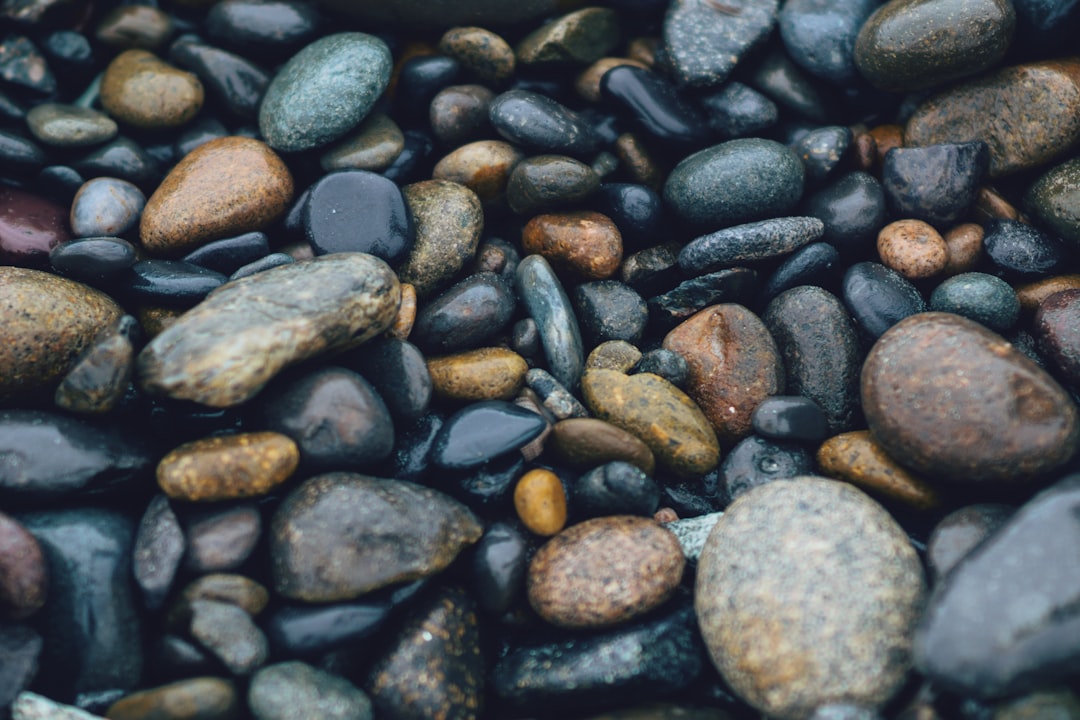What is it about?
How does dehydration occur, in a water wire? We answer this question by studying the natural zeolite bikitaite, which hosts one-dimensional chains of water molecules in its nanometric pores. Using ab initio molecular dynamics simulations, we show that at high temperature the water chains disassemble by losing water molecules one by one.
Featured Image
Why is it important?
For the first time, we reveal how dehydration occurs in water wires confined in the pores of zeolites. Our results provide a useful and general model for the study of water wires, which are extremely important in biochemistry.
Perspectives
This work models and explains the breaking process of a one-dimensional water chain, hosted into an inorganic porous material. The water wire is stable at room temperature: We calculated the energy barrier needed for a site-to-site water jump, which is the elementary step for the diffusion of water through the pores. This allowed us to propose a general mechanism for the dehydration process of a water chain, which may help us to better understand how water wires break and form inside biologic systems.
Gloria Tabacchi
university of insubria
Read the Original
This page is a summary of: Dehydration dynamics of bikitaite: Part II. Ab initio molecular dynamics study, American Mineralogist, January 2004, Mineralogical Society of America,
DOI: 10.2138/am-2004-0113.
You can read the full text:
Resources
Contributors
The following have contributed to this page










